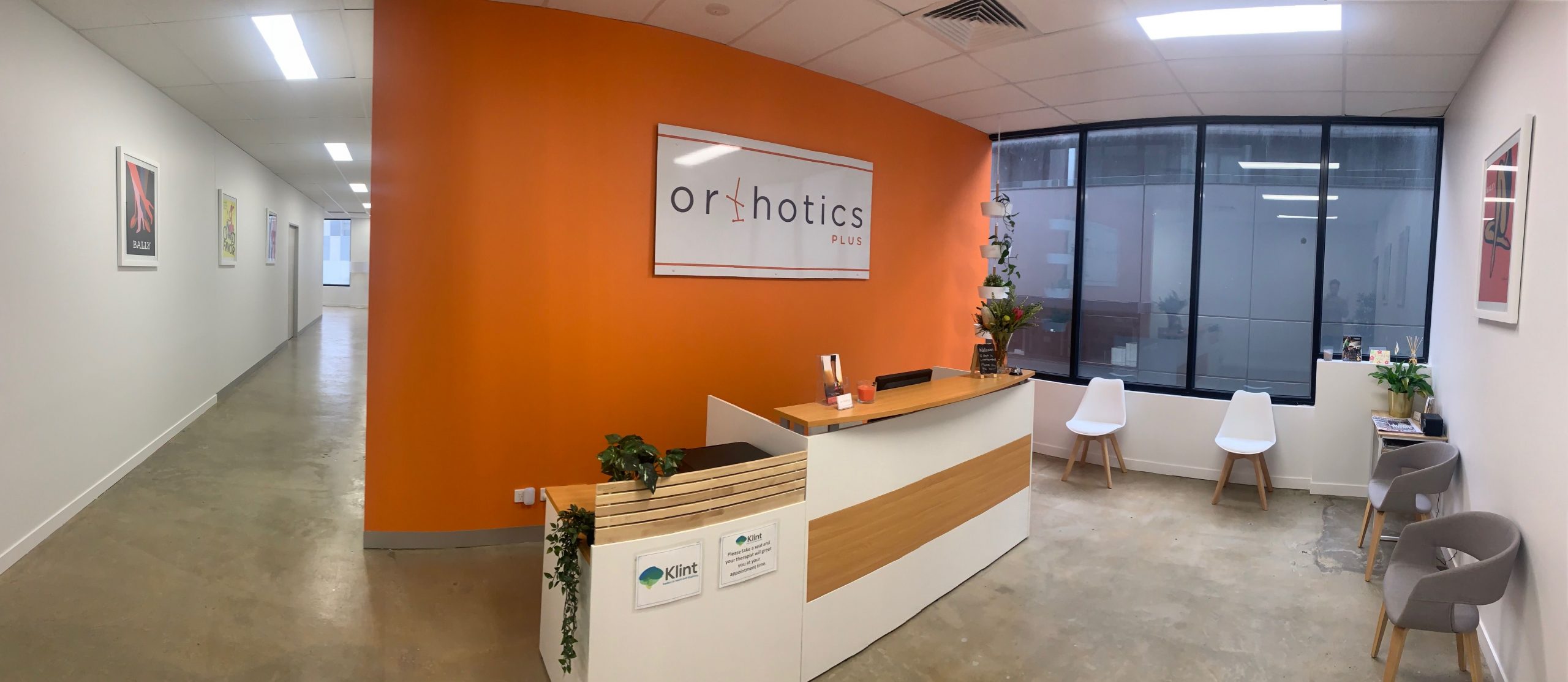Prevention of falls is a critical aspect of care for many Allied healthcare professionals across Australia, as the consequences of a fall can have a significant impact on an individual’s life.
Various strategies can be employed to decrease the likelihood of falls for a patient.
This article will discuss the role of Orthotists in implementing such measures.
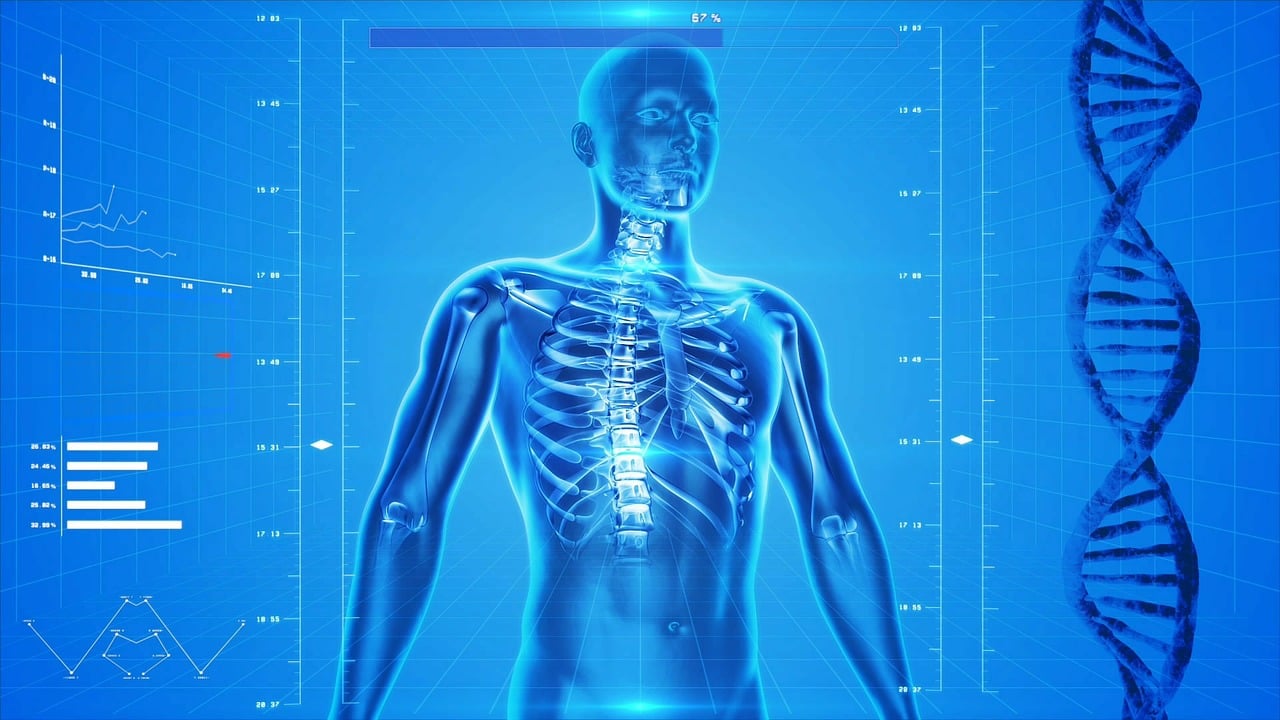
Human Anatomy and Aging
It is important to first understand the reasons why we fall. Some of the key factors include:
- The decline of strength and ability to catch oneself when stumbling or tripping
- The decline of proprioception and awareness of body position in space
- Eyesight issues, including difficulty seeing trip hazards and objects on the floor
- Prescriptions such as medications or bifocal glasses (these make it difficult to see the feet)
- Chronic health conditions such as arthritis, diabetes, and stroke
- Environmental factors such as trip hazards, floor thresholds, changes in flooring height/surface material, step height, lighting and so forth
- Decreased physical activity and frailty
Falls are a significant health concern in Australia.
According to the Australian Institute of Health and Welfare (AIHW), Falls are Australia’s number one cause of injury hospitalisation and death, representing 42% of injury hospitalisations and 40% of injury deaths.
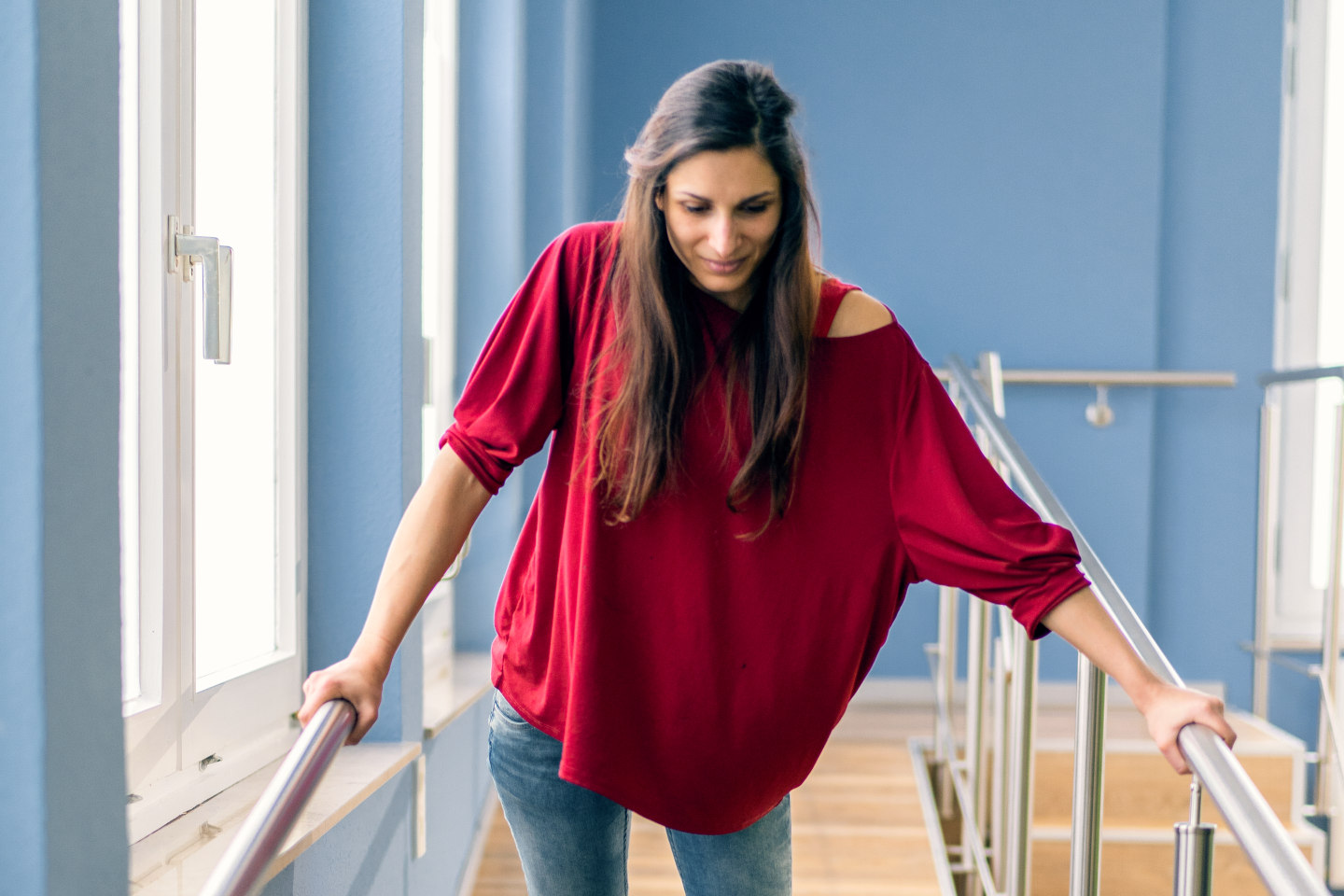
Conditions that Increase Falls Risk
At Orthotics Plus, we treat a wide range of patients.
We also receive referrals from Physiotherapists, GPs, OTs and EPs to implement Orthotic supports. In the majority of cases, the patient is an older adult or someone living with a disability such as:
- Musculoskeletal disorders, such as arthritis and osteoporosis
- Neurological conditions, such as Parkinson’s disease or MS
- Cardiovascular conditions, such as heart failure and stroke
- Physical conditions, such as previous fractures
- Vision impairment, such as cataracts
- Vestibular impairment, in which the balance system is responsible for sensing changes in head movement
- Diabetes, such as Charcot’s foot
Individuals with these medical conditions may be at an increased risk for falls, as well as greater susceptibility to additional injury upon falling.
For example, individuals with conditions such as osteoporosis may be at a higher risk for fractures upon falling, resulting in a prolonged recovery period.
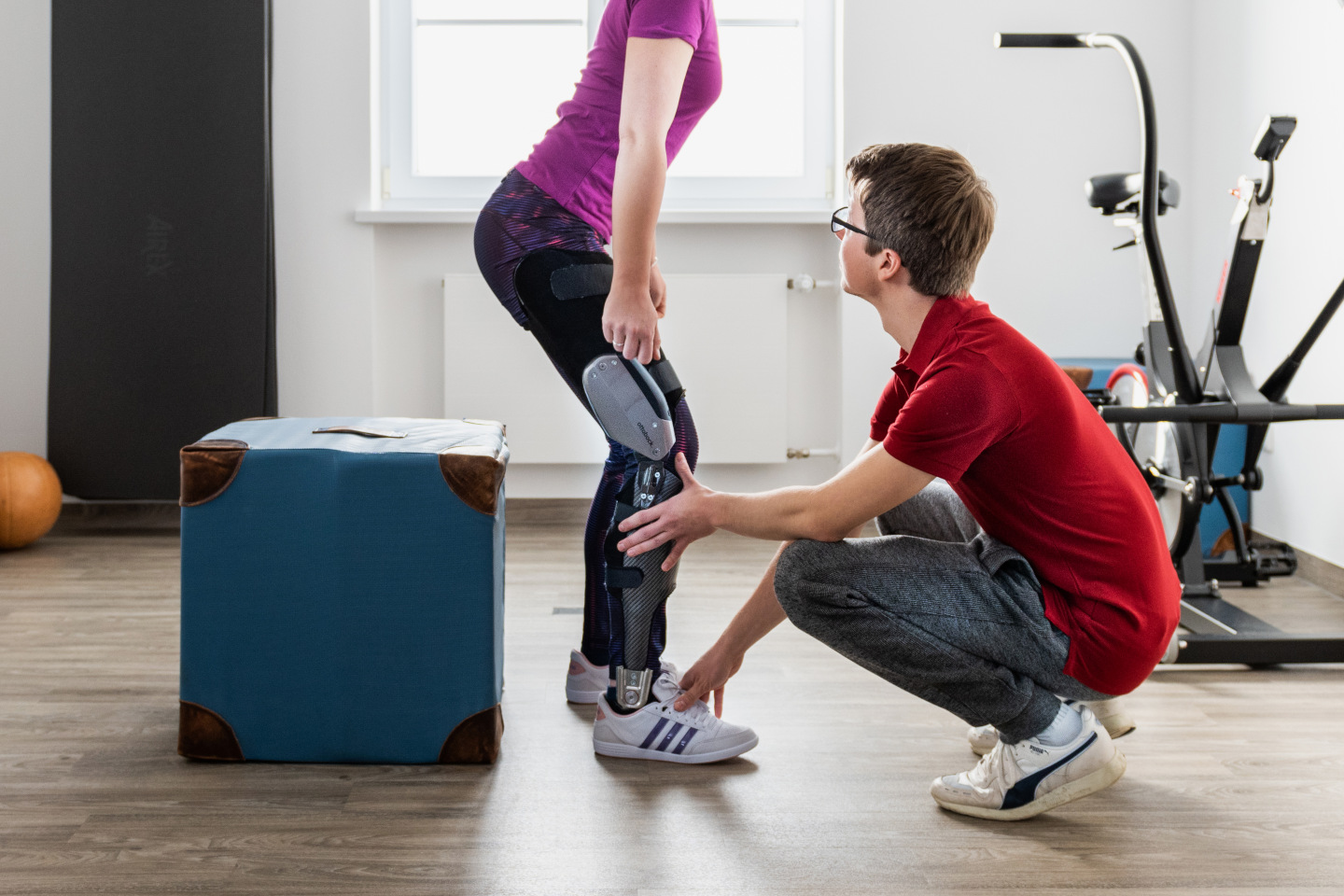
The Role of Orthotists in Falls Prevention
Orthotists specialise in the design, manufacturing and fitting of Orthotic devices.
These devices are used to support, align, prevent, or correct deformities or improve the function of the lower limb and trunk.
The outcome of Orthotic interventions is to address the individual’s biomechanics and gait patterns, as well as the equipment and devices used to support these areas.
The core equipment prescribed by an Orthotist to assist with falls prevention is:
Foot Orthotics / Insoles

Fundamentally, the role of foot Orthotics is to reposition the foot for additional stability.
Foot Orthotics can feature offloading elements designed to alleviate pain and discomfort, which can contribute to instability. These orthotics can be used to enhance the patient’s mobility and reduce the risk of falls.
Footwear
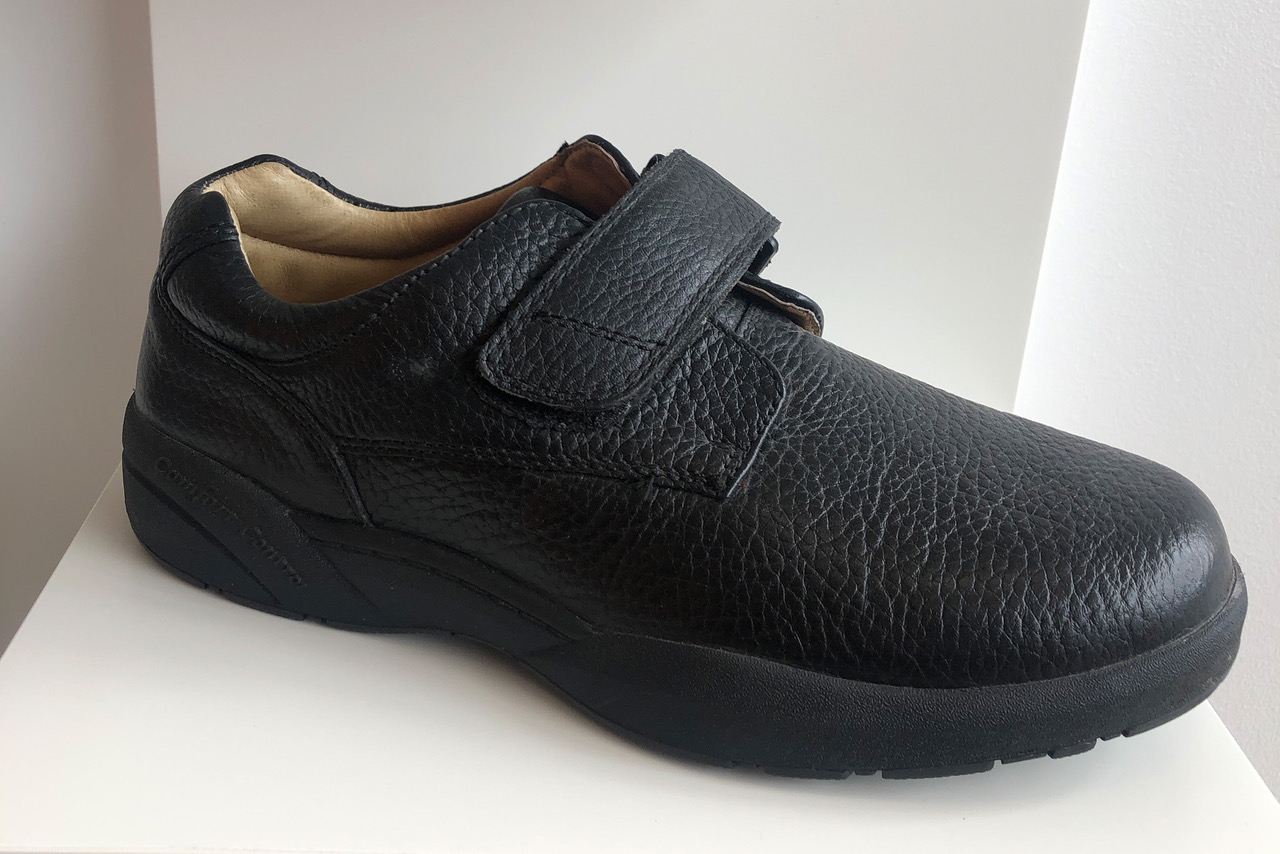
Orthotists will review and make recommendations around footwear.
We commonly assess the footwear weight, base (width), tie-up mechanism (laces, velcro or BOA dial), grip, heel counter, fit (i.e. not excessively big), quality of construction and the person’s individual preferences.
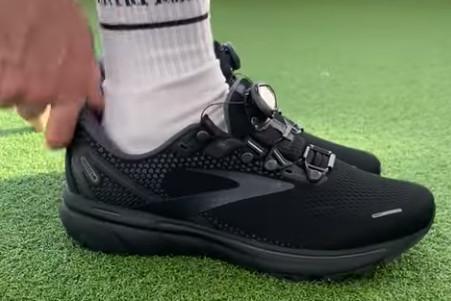
We provide advice and guidance around wearing proper footwear both at home and when out in the community.
We would also review rare cases such as footwear causing blisters, ulcers or diabetic concerns.
AFOs & KAFOs
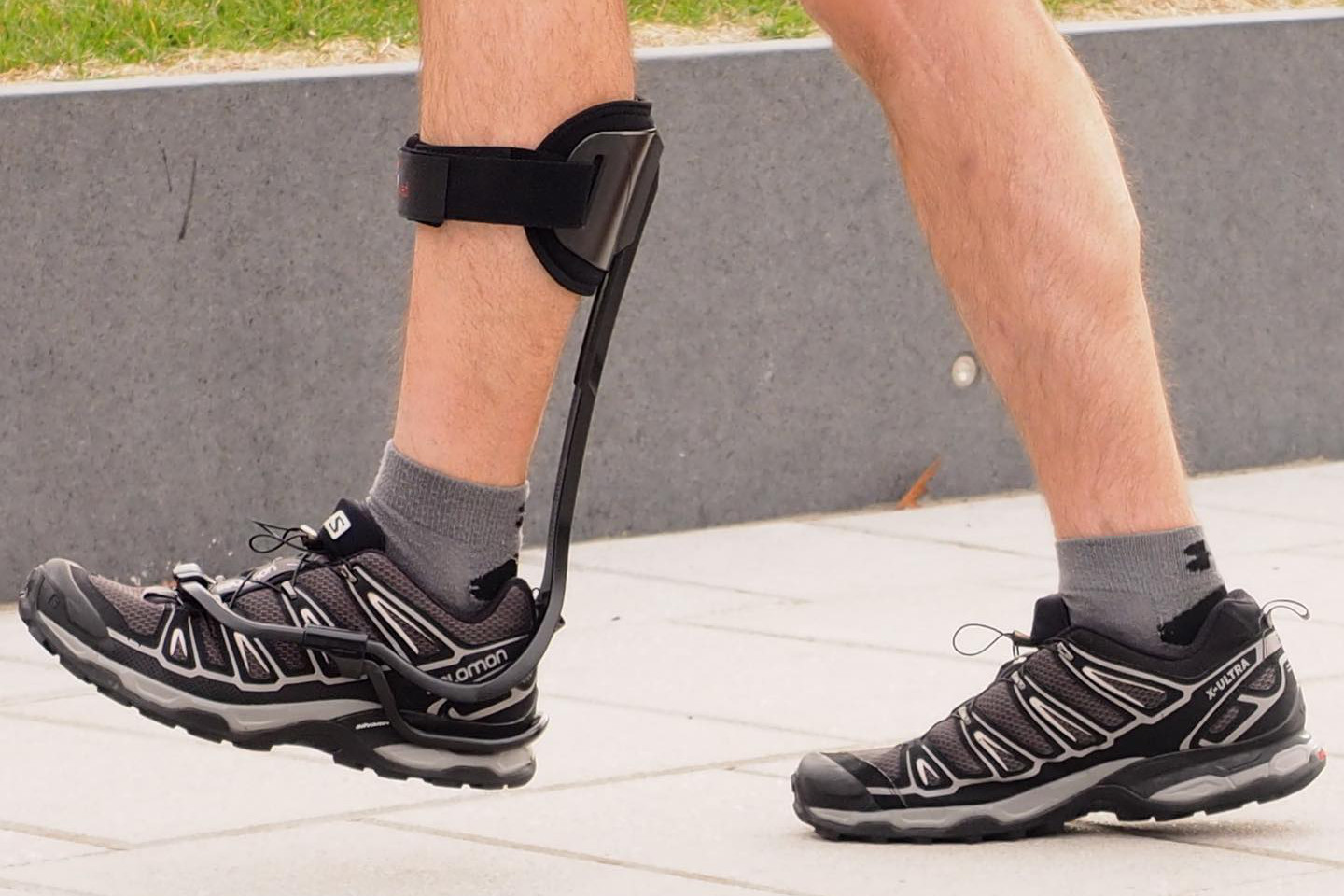
Ankle-foot orthoses (AFOs) and knee-ankle-foot orthoses (KAFOs) are types of orthotic devices that can be used to help older adults reduce the risk of falls.
AFOs are worn on the foot and ankle to provide support and stability. They are used to control foot and ankle motion and can help with conditions such as drop foot, ankle instability, and arthritis.
They can also be used to improve gait patterns (namely lifting the foot) and reduce the risk of falls by providing improved biomechanics to the ankle.
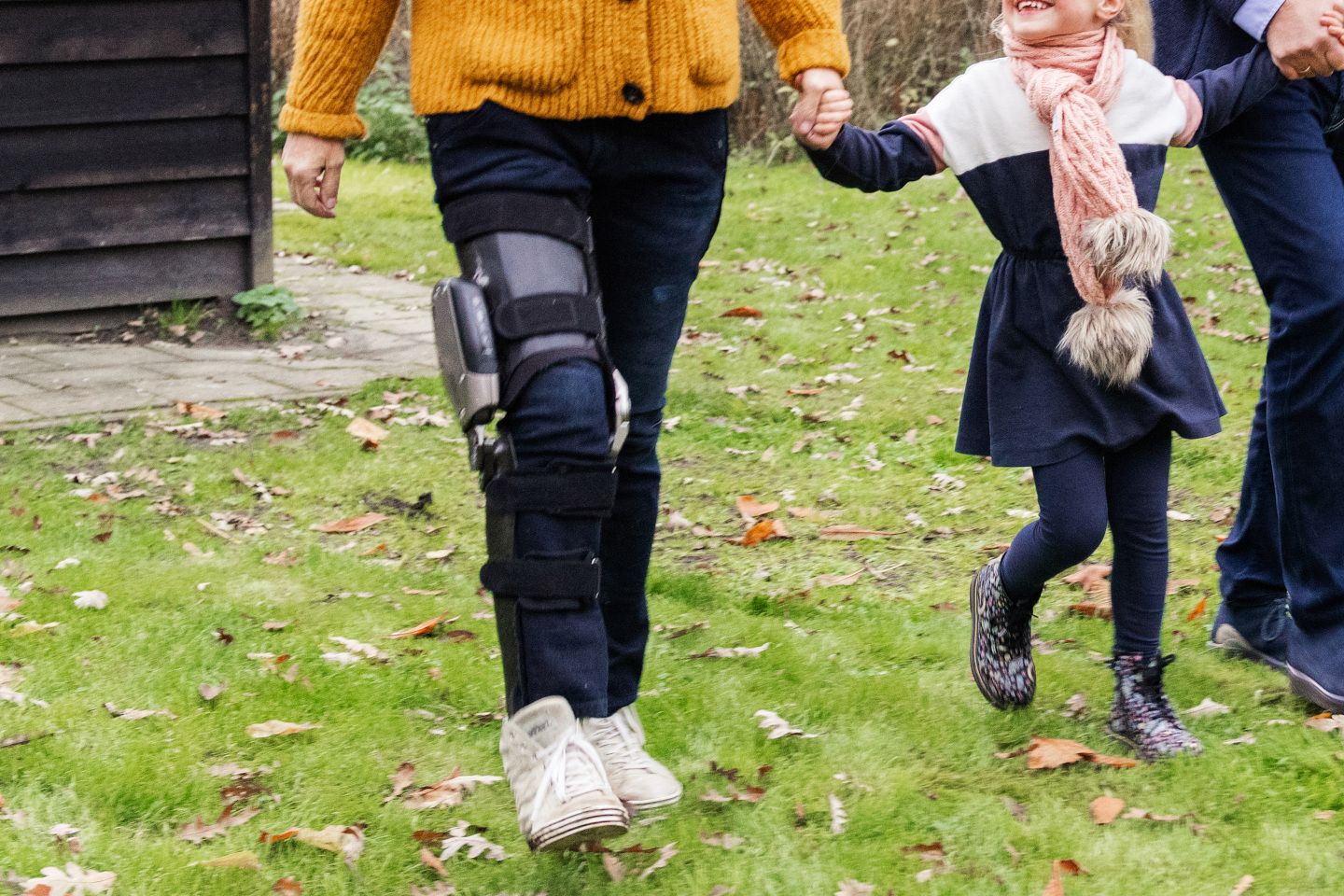
KAFOs are similar to AFOs, but they also extend up to the knee to provide support and stability to the knee as well as the ankle and foot. They are used to influence knee and hip motion and can help with conditions such as knee instability, arthritis, and knee/hip replacement.
First-time provision of a KAFO would be a rare intervention for an elderly patient, more commonly they are used in younger patients or a revised prescription for an existing KAFO user.
Please view our AFO and KAFOs pages to learn more.
Completing a Comprehensive Assessment
An Orthotist would typically conduct a comprehensive evaluation to assess a person’s gait and falls risk.
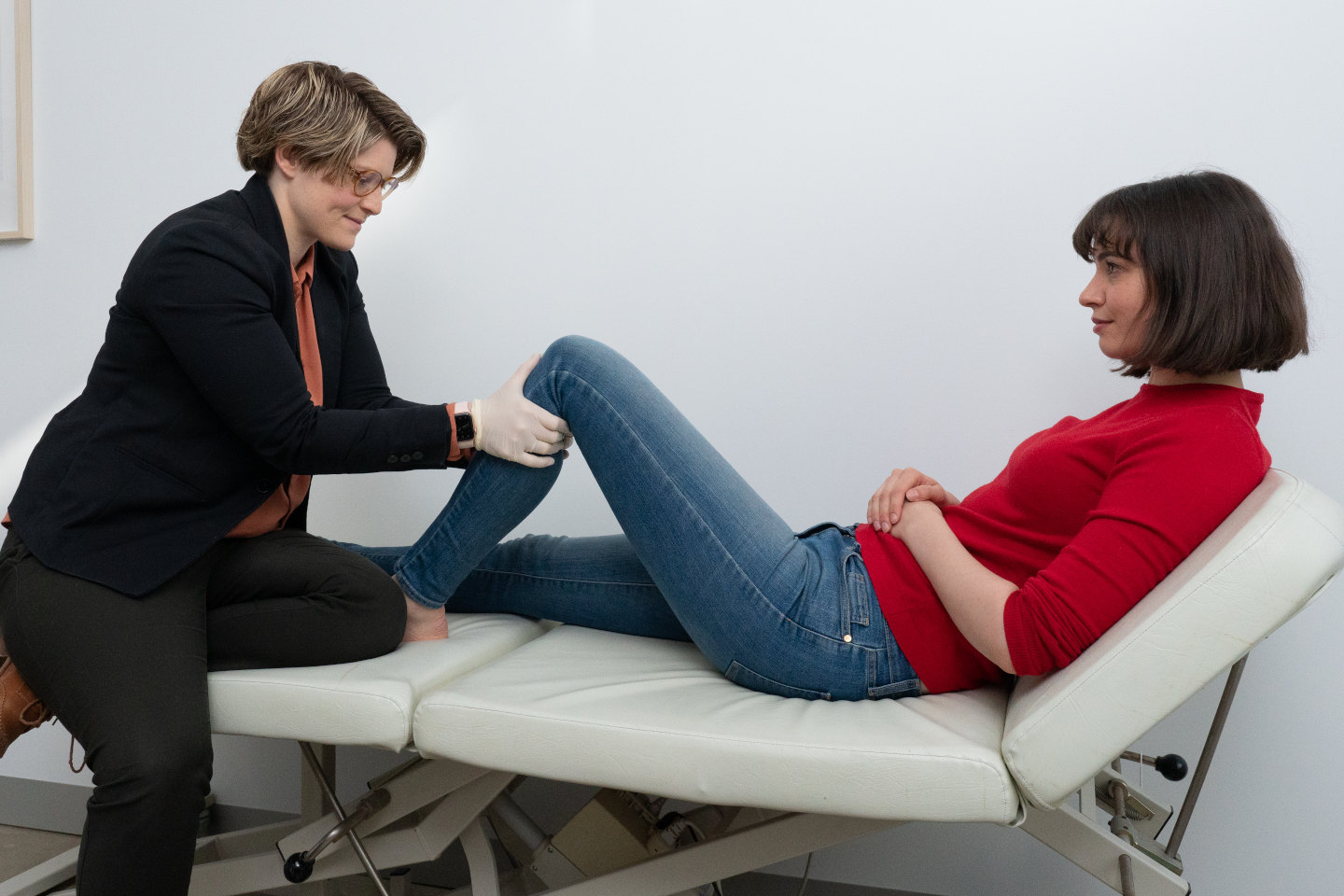
The assessment process would include the following steps:
- Patient history: Our Orthotist will take a detailed medical history of the patient, including any conditions or injuries that may affect gait or balance, as well as any previous falls.
- Physical assessment: Our Orthotist will conduct a physical examination of the patient, including observation of the patient’s gait and posture, as well as range of motion, strength, and flexibility of the lower limbs.
- Gait analysis: Our Orthotist will complete a visual observation. This will allow the Orthotist to identify gait deviations, asymmetries, or compensations contributing to the patient’s fall risk.
- Recommendations: Our Orthotist will provide recommendations for interventions that can help reduce the patient’s falls risk, such as Orthotic devices, management of healthcare conditions, or referrals to other Allied health providers.
It is important for an Orthotist to take into account the patient’s individual goals, financial considerations and preferences.

Orthotics Plus is Ready to Help
Orthotics Plus is a professional Allied health provider based in multiple clinics across Melbourne.
If you know someone who may be at risk of falls, please consider us as part of your healthcare team.
- We work with private patients, SWEP and NDIS participants to help them access our healthcare services and Orthotic equipment
- We work collaboratively with people’s healthcare providers to maximise their function and lower the risk of falls
- We were established in 2012 and have supported patients of various ages and conditions
- Our staff are qualified Orthotists who are supported by a wonderful Australian administration team
Please use our clinic locations page for your booking or enquiry.
